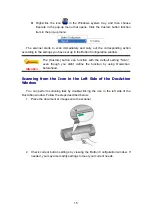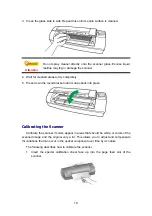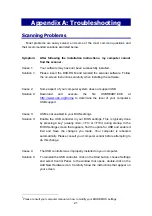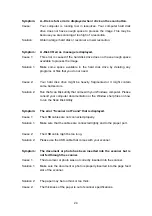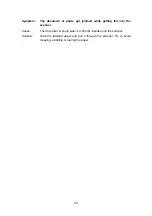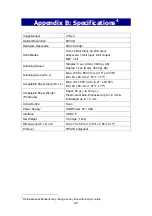
17
Internet Applications: For e-mailing color photos or pasting images on Web
sites, a resolution of 100 dpi is the best choice. This is because the actual
viewable resolution of the average monitor is 72 dpi. Additionally, download
times are dramatically reduced.
Printing to Ink Jet Printers: Check your printer documentation for recommended
printer resolution settings. We recommend ranges between 75-300 dpi in
general. Only use a higher scanning resolution (300 dpi and above) for smaller
images when detail must be captured in a small area because it will be
enlarged later.
Laser and Commercial Printers: When printing an image to a laser printer or
commercial printing press, it is important to understand the process in terms of
line screen (a.k.a., LPI). Line screens are the number of screen lines per inch
when an image is halftoned. Halftoning is the process of breaking the image
down into a series of dots to reproduce continuous-tone art when printing on a
press. A general rule when printing in one of these two manners is to scan one
and a half to two-times the amount of the line screen. Laser printers that have
resolution ranges of 300 and 600 dpi will have line screens between 50 and 100.
Typical commercial printing is done at an average line screen of about 150.
Therefore, an optimal scanning resolution would be 200 or 300 dpi.
Scanner Connection
The first step to take when troubleshooting connection problems with your scanner
is to check all physical connections. The DocAction icon
, located on the Windows
system tray, indicates if the scanner software is properly launched and the scanner and
computer are communicating with each other.
Appearance
Status
The program has been successfully launched and the scanner is
connected with the computer, ready to scan images.
The scanner is not connected with the computer. Or, the scanner
power is not switched on.
No Display
You have chosen to terminate the program, no matter the scanner
is connected or disconnected with the computer.













